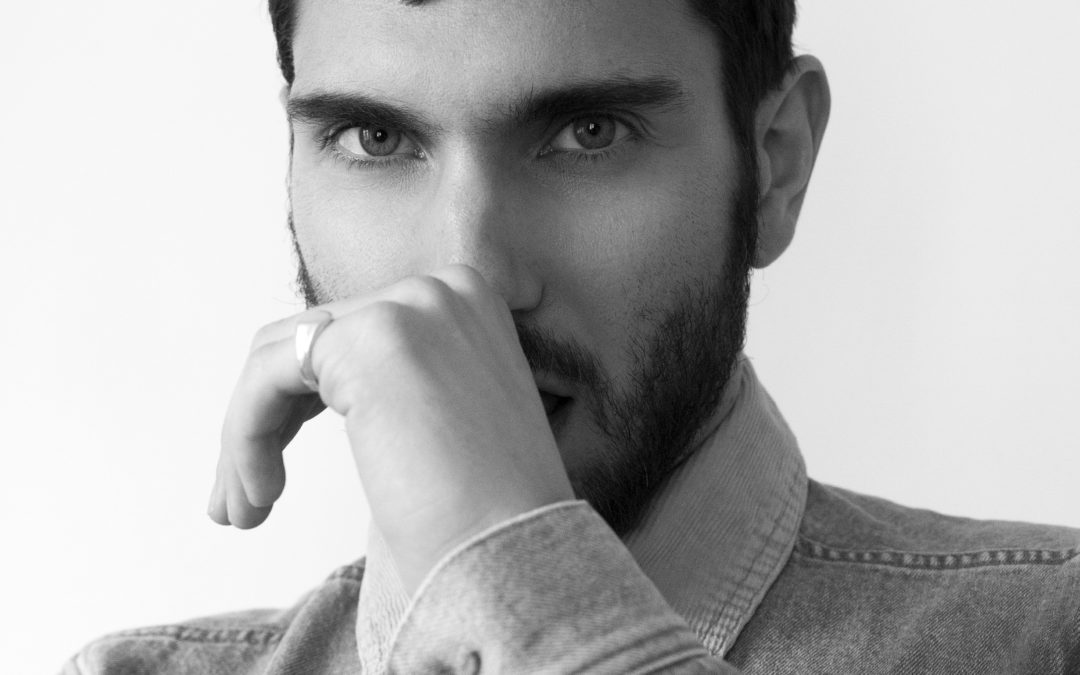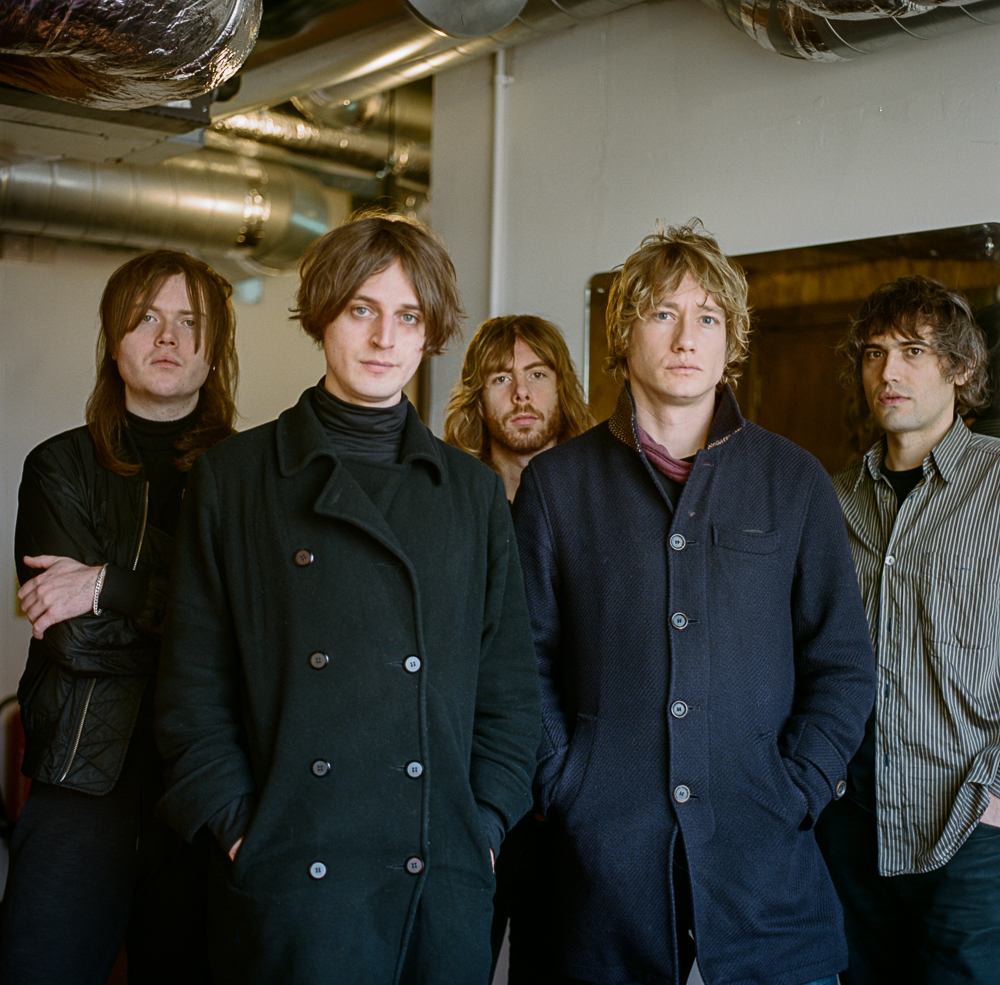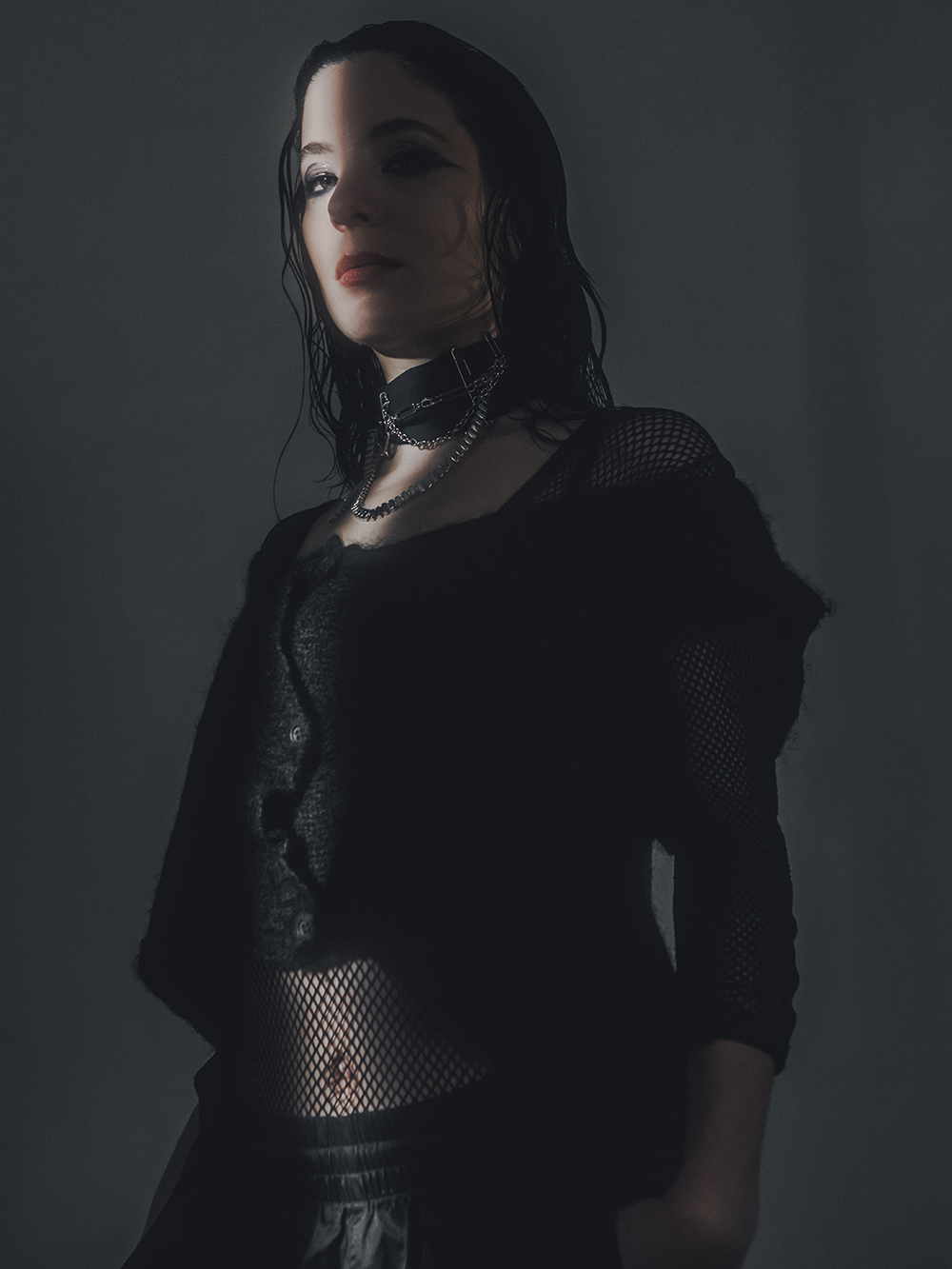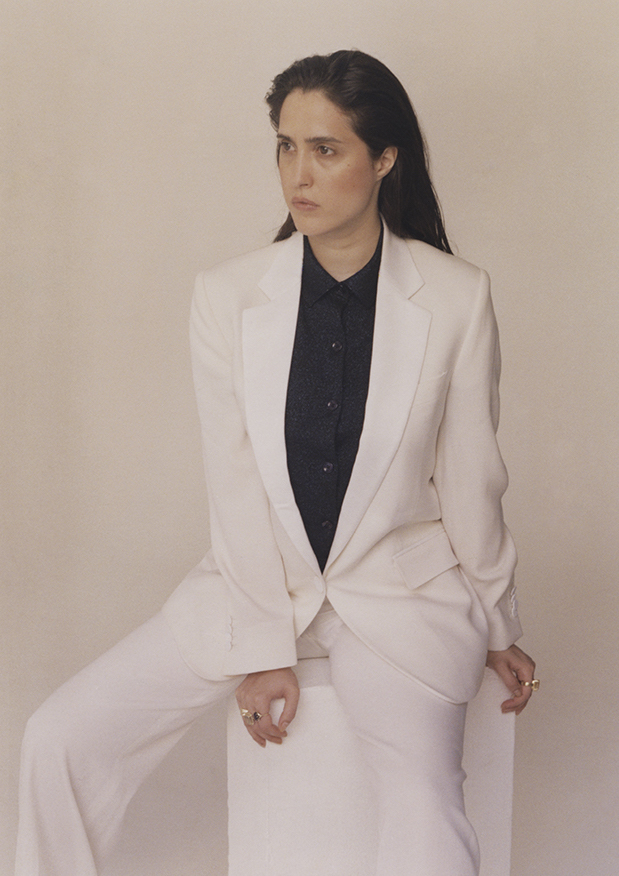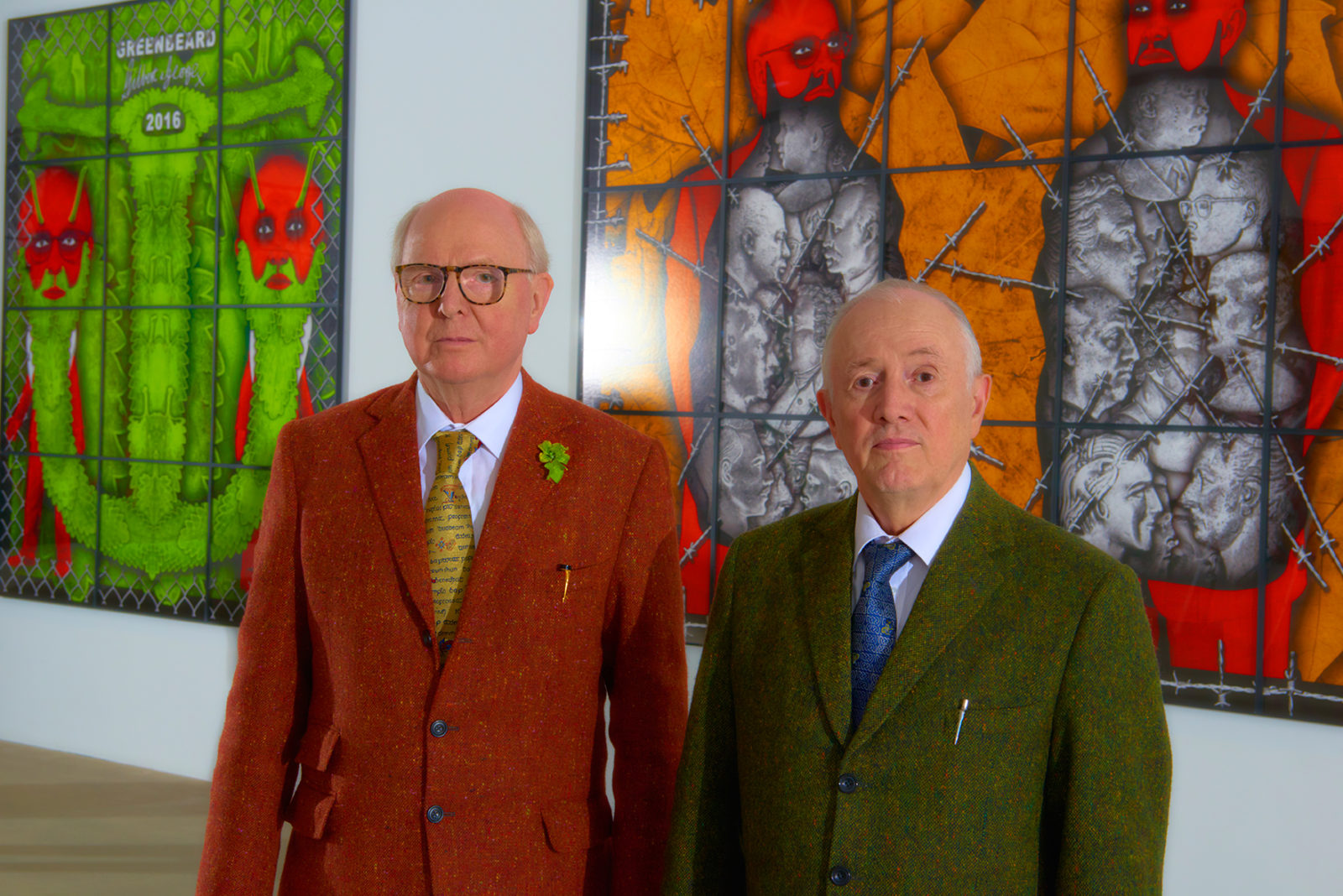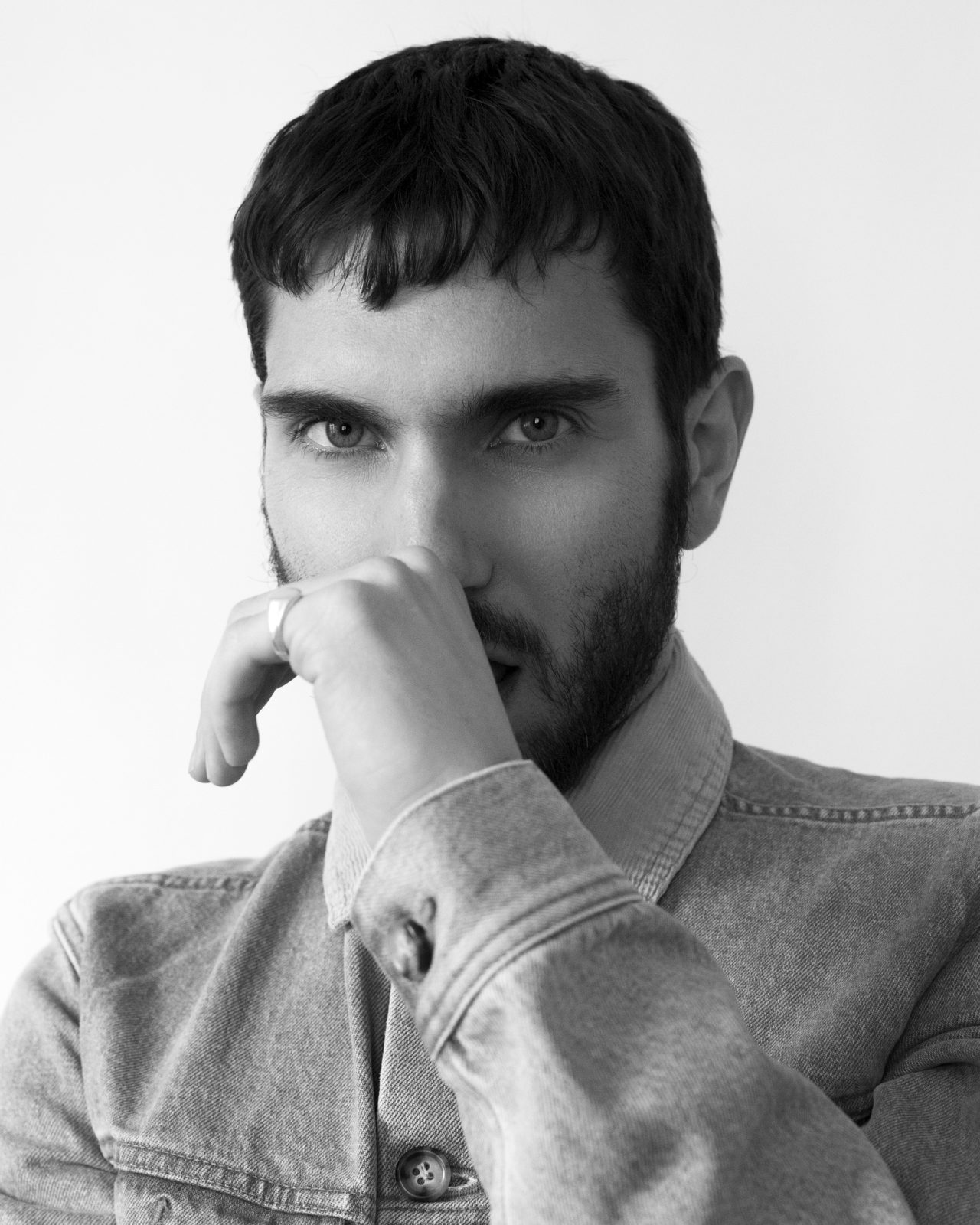
A MEETING WITH IGOR DEWE
By Crash redaction
Rediscover our interview of Igor Dewe from our issue #84
Igor Dewe is a jack of all trades : the polyvalent artist can metamorphose and don a completely new face for each solo show or performance with his group House of Drama. Perched atop high heels and decked out in precious jewelry, Igor revels in Baroque pomp and splendor, the glamour of the 1930s, and hot Parisian nights spent dancing till dawn to the sounds of minimal techno, gabber, or disco. As the muse of queer parties like Club Sandwich and Madame Klaude, he released his first video four years ago for the more-than-suggestive track “Sexual Obsession.” Complete with raunchy lyrics, leather, and fishnets set to 80s pop instrumentals, the art of Igor Dewe bathes in an overt sexuality unencumbered by any hang-ups. With his extravagant and burlesque style, he can transform even the sleaziest sex shop into a hub of cool, while sending out a little joie-de-vivre to everyone who crosses his path.
You first became known for your street performances during Fashion Week, where you showed up wearing high heels made from exotic fruits. Can you tell us about your background?
It all started when I met the group of friends with whom I created House of Drama. I first met Aymeric Bergada of Le Cadet when I was seventeen and had just arrived in Paris. I went to a lot of the Club Sandwich parties and played around with extravagant outfits. I was freeing myself from my small-town background. (laughs) House of Drama gradually started organizing parties at Chez Moune, a lesbian club that was on its last legs when the owners of Le Baron bought it. They invited us to come dance and emcee their parties. That was such a great time in my life. I was fearless and always let loose. I was also looking for another way to express myself aside from my performances. So I started jewelry school and worked as a studio assistant, notably for Lanvin, Nina Ricci, and Marc Jacobs.
So when you went out to parties, it was mostly about style?
Yes. As soon as I discovered the Club Sandwich scene, I knew I wanted to make costumes. Those parties introduced me to all my friends and collaborators. We wanted to create these kinds of tableaux vivants with a strong burlesque aspect. We reproduced vintage scenes, without necessarily recreating existing tableaux. I would become a horse, someone else was a bishop – we did a lot of religious scenes. We even recreated The Raft of the Medusa at Chez Moune. (laughs)
Back then there wasn’t all the social media promotion that goes along with parties now.
Yes, that’s true, and anyway we were terrible with communications. But people took a lot of party photos and posted them on the web. Facebook was just getting started at the time. Today you can experience a party without even being there, just by watching the lives or stories posted on social media.
What do you look for in a party?
Back then I just wanted to dance. I didn’t drink or do any drugs, but I still wanted the party to last all night. I went from club to club on my scooter. We went to Le Baron and Chez Régine a lot.
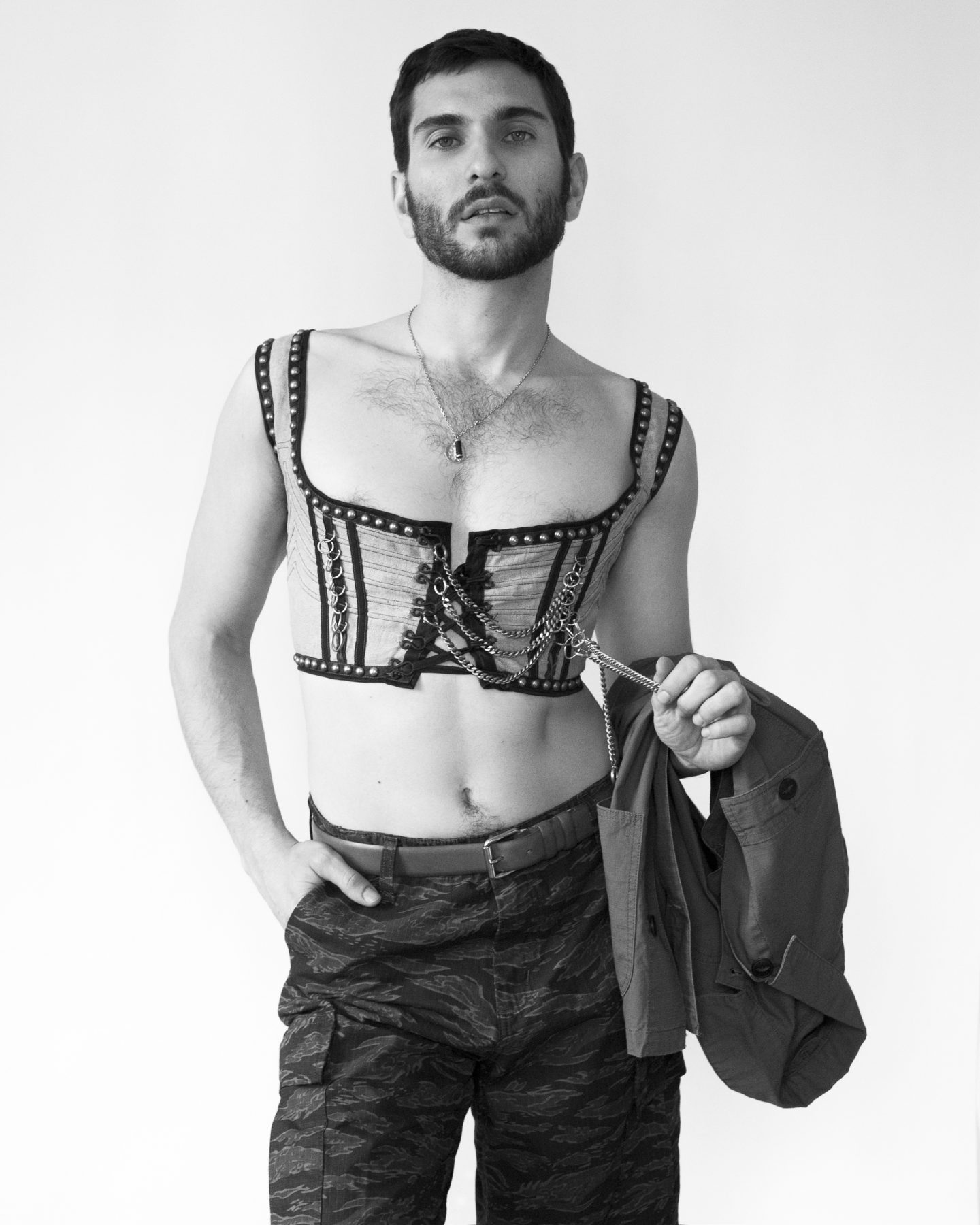
Was there a lot of rivalry in Paris night life in the early 2000s?
Yes, I felt a lot of excitement that isn’t quite there today, but that’s just my personal feeling. There are still a lot of cool parties in Paris, like La Toilette and Péripate. When I go out I want to hear 80s New Wave tracks or techno. I gave a concert last year at La Toilette with François Sagat, a porn star. I’m working on a project with him that should come out soon. It’s an EP that we just recorded, but I’m waiting for the music video before we release it.
Last year you said you only wanted to do videos, without forcing yourself to release an EP or album.
A lot has changed since then. I have more tracks and I want to release a solo album in addition to the EP with François. He wasn’t a musician, so I had him take voice lessons. I wrote a bunch of lyrics and he helped me out with a few songs. It was all produced by a Berlin musician named Jona Davis. It’s minimalist techno. I wanted to do something unlike anything I’d done before. François has a very strong image that goes with a raw and cold style of music. I love what he does and I was thrilled to work with him. I think his relationship to art is very interesting. He elevates porn almost to an artform. Porn today is mostly about amateur videos on the web and stuff that has no artistic ambition. But François Sagat’s films have an actual script with interesting lines. He’s done a few projects with Bruce LaBruce.
And your album?
I’ve finished eight of ten tracks so far. I’m giving myself until September to finish it. It’s going to be very 80s. I’ve already released videos for three of the songs: “Sexual Obsession,” “King Size Heart,” and “Serial Lover.” Soon I’m going to release the video for the next single, “Gogo Boy.” I filmed it in Pigalle with model Luc Bruyère. It takes place in a bar and I play a gogo boy surrounded by other gogo boys. (laughs) So I’m continuing my exploration of prostitution. All my songs revolve around that theme. I like dressing myself up as a luxury whore, a cheap whore, a Pigalle whore, or a transvestite whore. Even when I do other things, I always end up as a whore.
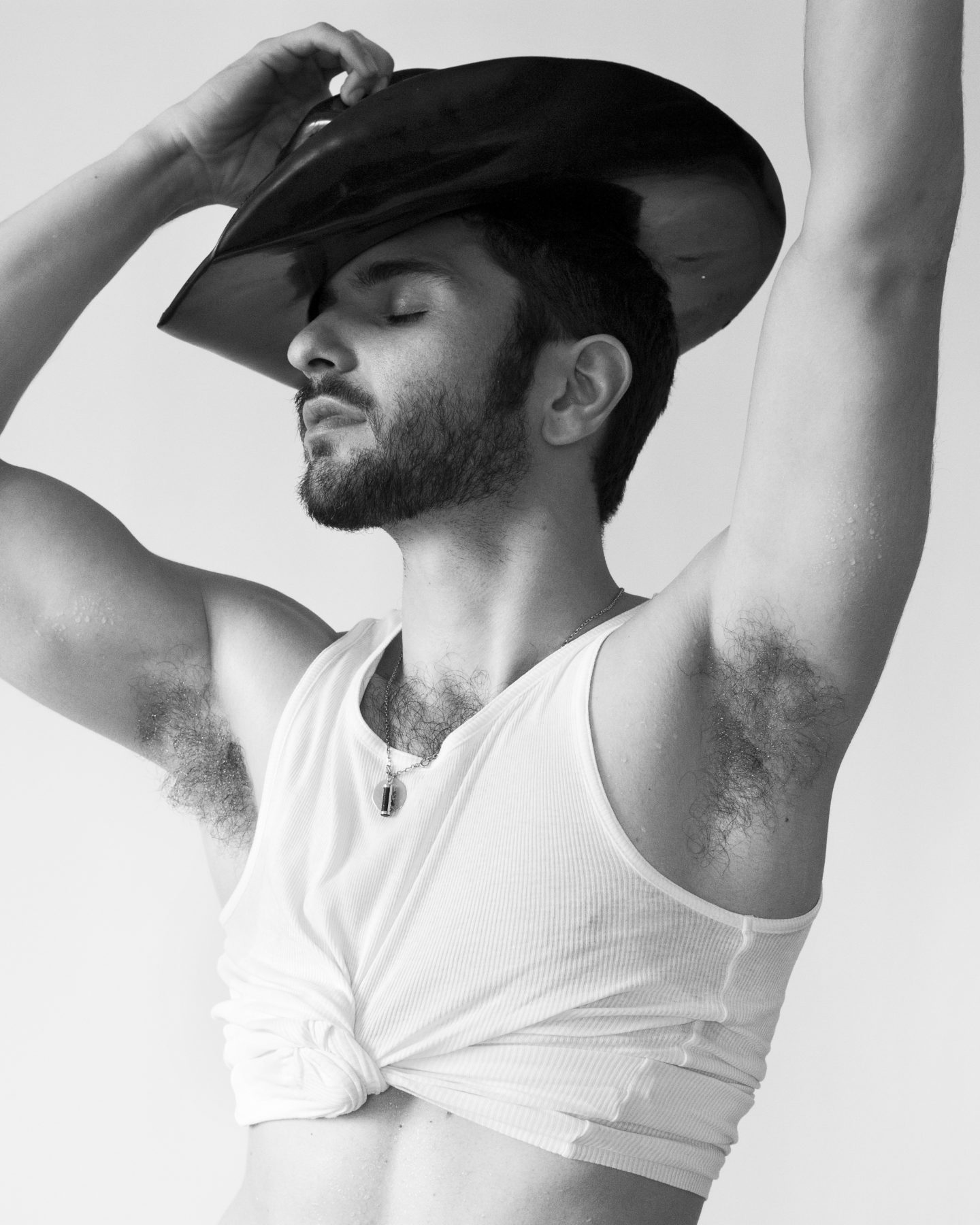
Who is in the House of Moda group?
There is Ylva Falk, Amélie Poulain, Aymeric Bergada of Le Cadet, and Dyna Dagger. I first met Aymeric over ten years ago and the girls came along a little later. We went to the Cannes Film Festival and started to get commissions, but we kept doing it for the fun without turning it into a job. We never thought it would last. We all have a specific role in the group: there’s a choreographer, a make-up artist, I do the costumes, and Aymeric is the artistic director. We all have the same tastes and artistic ambitions. Sometimes we don’t even need to discuss things, the performance just comes together on its own. We’re a bit like a family that gets together every weekend. During the week we all have our own activities, and it’s so much fun to come together for our performances.
You went from queer parties at Le Grand Journal to performing at a La Femme concert. What is it like performing for a larger audience?
We did a lot of work with La Femme through Dyna Dagger, who knew Marlon Magnée. They invited us to a few of their concerts, and we did a few production designs and performances with them. We took inspiration from 1960s choreographies, particularly Bob Fosse’s work. He was a very innovative choreographer at the time. We wanted to pay tribute to him and get inspired by his genius.
Is there more queer representation on television today?
No, I don’t think so. I don’t see much. There isn’t enough open homosexuality. For example, my work is about asserting a form of homosexuality that is turned up to a fever pitch. I haven’t seen anything like that on television. Sometimes you have to cross the line before something becomes part of the culture and people get used to it. I’m fairly masculine in my lifestyle, but I like to wear dresses, too. I like wearing a dress in the street without having to worry about it. The other day my mother helped me zip up my dress, and I think it’s great that she doesn’t care at all about what type of clothing goes with what type of body. I wish it would become more normal and not shock people. But most of the time I spend the day in sweats and sneakers.
Read the full interview on Crash#84, available in our Crash store.
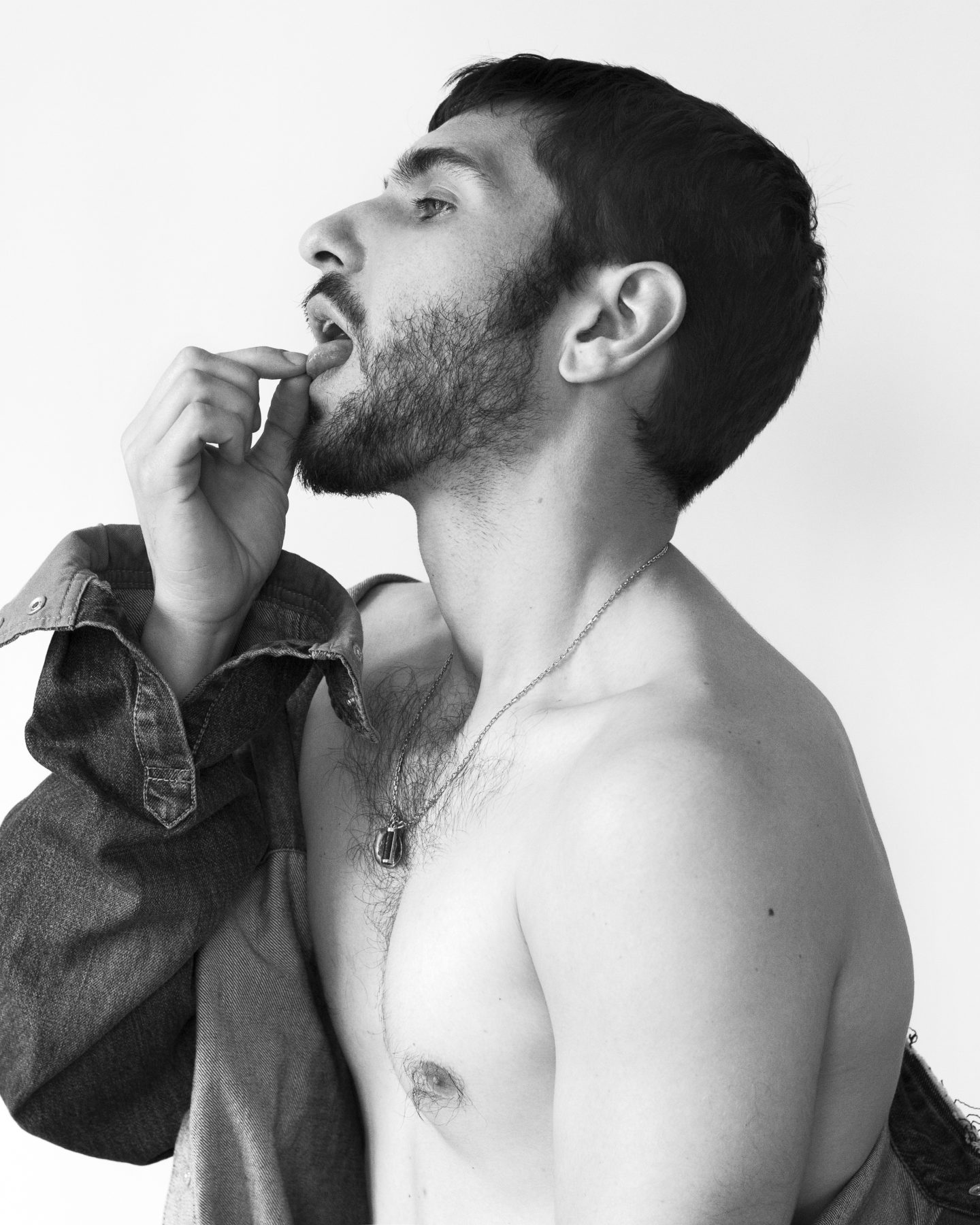
******
Photographer : Erik Faulkner
Stylist : Dimitri Riviere






